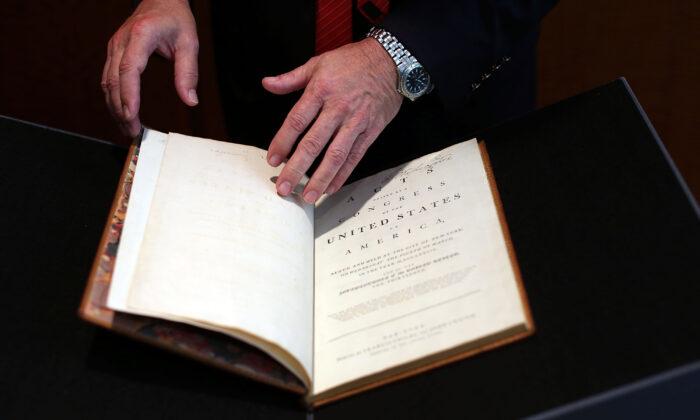Strict Construction
Strict construction is this: If a word or phrase has two possible meanings, then you apply the narrower one.Suppose you’re reading a document and see the word “vegetable.” Assume the document doesn’t make it clear whether the word refers only to vegetables like broccoli and cabbage or to all plants (as in “animal, vegetable, or mineral”). Strict construction dictates the narrower meaning—vegetables like broccoli and cabbage.
Textualism
“Textualism” means interpreting a document from the document’s words and structure. The pure textualist generally doesn’t consider other evidence of the parties’ intent: The writing controls.- Because of the sheer mass of federal legislation, members of Congress generally are not familiar with most of the details in the bills they pass. They therefore have no “original intent” or “original understanding” about those details.
- Courts should exclude legislative history (such as committee reports and testimony) because congressional staffers and lobbyists manipulate legislative history behind Congress’s collective back.
- Congressional bills become law only because they pass both houses of Congress and are signed by the president. Legislative history doesn’t go through those procedures.
- Nineteenth century sources suggest that textualism was the traditional way of interpreting statutes.
- Adding legislative history to the interpretive process gives judges too much discretion to selectively choose material that supports the results the judges want.
Originalism
Constitutional scholars have different ways of defining “originalism,” but I think they all boil down to this: Originalism is reading the U.S. Constitution the same way most judges would have applied it immediately after its ratification—say, in 1791 or 1792.When the evidence behind a document didn’t show a consistent “intent of the makers,” 18th century courts used a substitute: how an objective observer would have understood the document (“original meaning”).
Good legal drafters—and that certainly includes the Constitution’s framers—write documents with an eye to how courts will interpret them. So fidelity to the Constitution requires us to interpret it in the way familiar to those who adopted it.
Should Textualism Be Applied to the Constitution?
As we have seen, Scalia argued that courts should interpret federal statutes by textualist methods. He went on to say that courts should use those methods to construe the Constitution as well. But for that, he gave no reasons. What’s more, his reasons for applying textualism when reading statutes make no sense for reading the Constitution.Remember that the Constitution was written in the belief that courts would seek the “intent of the makers” by examining outside evidence as well as the words of the document. Adopting another mode of interpretation would distort the Constitution.
There are at least two other reasons that textualism, while appropriate for statutes, isn’t appropriate for the Constitution:
Why the Confusion Between Textualism and Originalism?
I think the confusion about applying textualism to the Constitution arises partly because law professors and commentators follow trends at Harvard Law School—much as the mainstream media follow the New York Times. Constitutional publications from Harvard tend to focus on current controversies rather than on the Constitution’s actual meaning. When 18th century law books from the Harvard libraries became available online, I was stunned by how little they had been used.Now let’s “circle back” (to repeat a worn phrase) to the article in Slate mentioned at the beginning of this essay. The author misstated the meaning of originalism, textualism, and strict construction. He also repeated the widespread myth that the Constitution’s Necessary and Proper Clause “is an extremely broad power, appearing to allow Congress to do pretty much as it pleases with no real defining limits.”
A Summary
To summarize:- Originalism means reading the Constitution as a court would have read it immediately after its adoption. This requires construing the document as it was understood by the ratifiers (“original understanding”) or, if the original understanding can’t be recovered, how an objective, informed person would have read it (original meaning).
- Originalism requires examining not merely the Constitution’s text, but also previous history and contemporaneous law and commentary.
- Textualism means interpreting a document’s text according to its “objective meaning,” without regard to what its makers thought about it. Textualism makes most sense in interpreting federal statutes.
- Strict construction means that when a word or phrase has several meanings, you apply the narrowest. In rare situations, originalism and textualism may call for strict construction. An example is interpretation of Congress’s power over its own elections (pdf).





